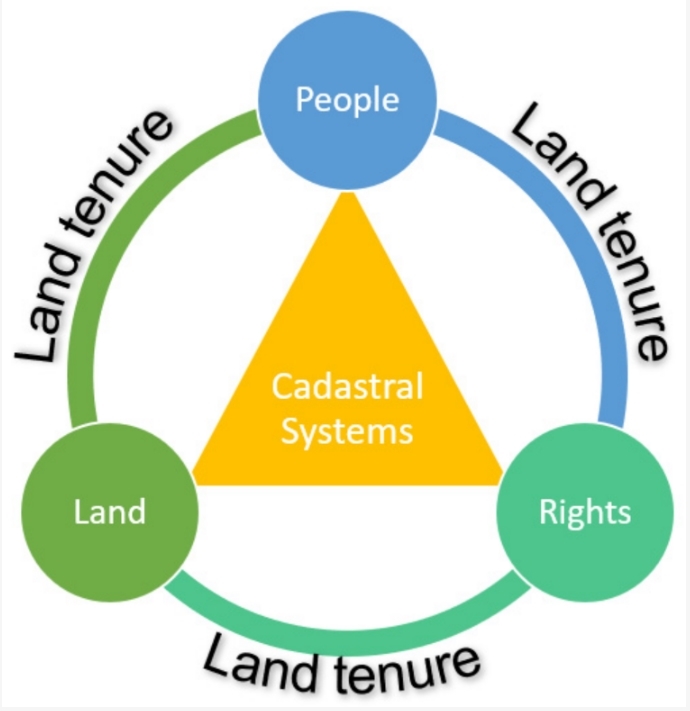Introduction:
Land tenure systems define how land is owned, managed, and utilized. These systems vary significantly across the globe, influenced by historical, cultural, legal, and economic factors. Understanding different land tenure systems is crucial for addressing issues related to land rights, agricultural productivity, urban development, and environmental sustainability. This article provides a comprehensive overview of various land tenure systems from a global perspective, highlighting their characteristics, advantages, and challenges.
1. Types of Land Tenure Systems:
a. Freehold Tenure:
- Definition:
- Freehold tenure, also known as fee simple, is a system where individuals or entities have complete ownership rights over the land, including the right to use, sell, lease, or bequeath it.
- Global Prevalence:
- This system is common in many Western countries, such as the United States, Canada, and Australia, where private land ownership is deeply embedded in the legal and economic framework.
- Advantages:
- Provides security of tenure and incentivizes investment in land improvement.
- Challenges:
- Can lead to land speculation and inequitable land distribution.
b. Leasehold Tenure:
- Definition:
- Under leasehold tenure, land is leased from the owner (often the government or a private entity) for a specified period, during which the lessee has the right to use the land according to the lease terms.
- Global Prevalence:
- Common in countries with significant public land ownership, such as China, where land is leased to individuals and companies for up to 70 years.
- Advantages:
- Ensures public control over land use and can generate revenue for the government.
- Challenges:
- Limited security of tenure for lessees and potential for corruption in lease allocation.
c. Customary Tenure:
- Definition:
- Customary tenure is based on traditional practices and communal ownership, where land rights are governed by local customs, traditions, and community leaders.
- Global Prevalence:
- Predominant in many parts of Africa, Asia, and the Pacific Islands, where indigenous and rural communities manage land according to ancestral practices.
- Advantages:
- Promotes social cohesion and equitable access to land within communities.
- Challenges:
- Lack of formal legal recognition can lead to disputes and difficulties in accessing credit and services.
d. State Ownership:
- Definition:
- In state ownership systems, the government owns all land and allocates usage rights to individuals and organizations.
- Global Prevalence:
- Common in former socialist countries like Russia and some current socialist states like Cuba and North Korea.
- Advantages:
- Facilitates centralized planning and control over land use.
- Challenges:
- Often associated with inefficiencies, lack of incentives for land improvement, and limited individual rights.
e. Collective and Cooperative Ownership:
- Definition:
- Land is owned and managed collectively by a group of individuals or a cooperative organization, with shared decision-making and benefits.
- Global Prevalence:
- Found in various forms worldwide, including kibbutzim in Israel and agricultural cooperatives in Latin America.
- Advantages:
- Encourages collaboration and shared investment in land development.
- Challenges:
- Can face governance challenges and conflicts over resource distribution.
2. Impacts of Land Tenure Systems:
a. Agricultural Productivity:
- Secure land tenure encourages farmers to invest in long-term improvements, such as irrigation and soil conservation, leading to increased productivity and food security.
b. Economic Development:
- Clear and secure land tenure systems attract investment, promote efficient land markets, and enable landholders to use land as collateral for loans, driving economic growth.
c. Urbanization and Infrastructure:
- Effective land tenure systems are essential for orderly urban development, infrastructure projects, and the provision of public services.
d. Environmental Sustainability:
- Land tenure systems that promote sustainable land management practices help preserve ecosystems, biodiversity, and natural resources.
3. Challenges and Solutions:
a. Land Disputes:
- Insecure land tenure can lead to conflicts and disputes over land ownership and usage rights. Solutions include land titling programs, legal reforms, and community-based dispute resolution mechanisms.
b. Inequitable Land Distribution:
- Concentration of land ownership in the hands of a few can exacerbate social inequalities. Land reform policies and redistribution programs can address these imbalances.
c. Legal Recognition of Customary Tenure:
- Integrating customary land rights into formal legal systems ensures the protection of traditional practices while providing legal certainty and access to services.
d. Balancing Public and Private Interests:
- Effective land tenure policies balance individual property rights with public interests, ensuring sustainable and equitable land use.
Conclusion:
Land tenure systems are diverse and complex, reflecting the varied social, economic, and cultural contexts in which they operate. Understanding these systems is crucial for addressing global challenges related to land rights, agricultural productivity, urban development, and environmental sustainability. By recognizing the strengths and weaknesses of different tenure systems and implementing appropriate reforms, policymakers can promote secure, equitable, and sustainable land use for future generations.

